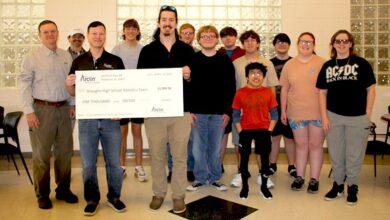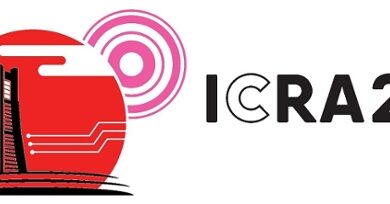Lesson Plan: Using robotics to support rural communities
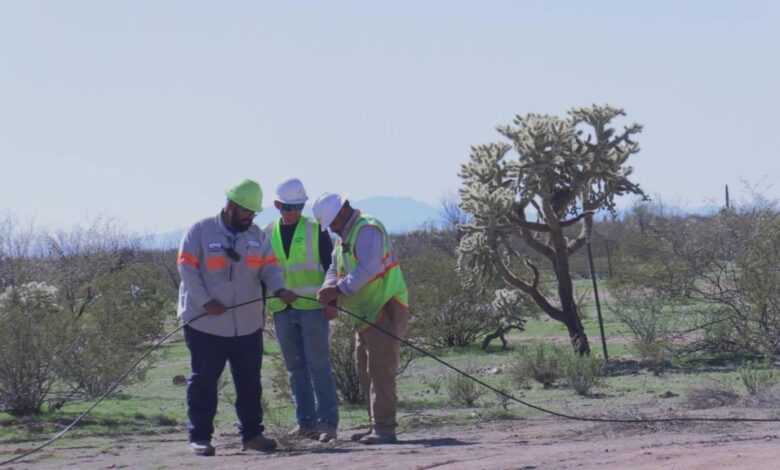
For a Google doc version of this lesson, click here. You will be prompted to make a copy.
Overview
In this lesson, students will explore the concept of equity and the varying needs within a community. Using civics and robotics (no previous experience necessary) skills, students will analyze how a robot’s trek through a grid represents the endeavor to connect with and assist diverse community members. By reflecting on this symbolic journey, students will deepen their understanding of inclusivity and the importance of addressing individual needs within a community setting.
Essential question
How can we ensure equitable support and resources for all members of our community?
Subjects
STEM, design, civics, math, robotics, invention, citizenship, engineering, social studies
Estimated time
One 60-minute class session
Grades
6-12
Materials
Courtesy: VEX Robotics screenshot
Introduction
There are many disparities in broadband access between tribal communities and urban areas in America. According to the FCC, nearly 28% of tribal land residents lack high-speed broadband, a stark contrast to the 1.5% of urban residents facing the same issue.
Through a $10 million grant from the Department of Agriculture, the Tohono O’odham Utility Authority in Arizona is laying down a fiber optic network to provide high-speed internet access to tribal members. This initiative aims to not only bridge the connectivity gap but also enhance opportunities for education, healthcare, and economic development within the community.
Vocabulary
Digital divide: The gap between demographics and regions that have access to modern information and communication technology and those that do not.
Broadband: High-speed internet access that allows for the transmission of large amounts of data at fast speeds.
Disparities: Differences or inequalities, especially in terms of access, quality, or opportunities.
Fiber optic network: A network infrastructure that uses optical fibers to transmit data as pulses of light.
Connectivity: The state or extent of being connected or interconnected.
Infrastructure: The basic physical and organizational structures and facilities needed for the operation of a society or enterprise.
Equity: The quality of being fair and impartial; ensuring everyone has access to the same opportunities and resources.
VEXcode VR Platform: An online free tool that allows users to code virtual robots to perform various tasks in simulated environments.
Warm-up activity (10 min)
- As participants watch, they should take notes on the disparities highlighted. Then participants should take 5 minutes to talk with the class to discuss how these disparities affect entire communities that don’t have internet access.
Main activity (50 mins.)
Bridging the digital canyon
- Students can work individually or team up with a partner.
- Have students go to https://vr.vex.com/. Let them know they can figure this out without any prior robotics knowledge and that a similar thought process is a daily part of our lives, including how to use cell phones and computers and household appliances, like microwaves and Smart TVs.
- Click on the “Select Playground” button at the top of the page and then choose the “Number Grid Map” playground. (Click Open Playground, if you don’t see the grid. Hit the reset button below the play button to see the numbers on the grid.)
- Students will direct the VR “Communications Robot” to visit specific locations on the grid. Each location represents a house in the Tohono O’odham Nation that needs broadband access. Each square in the Number Grid Map measures 200mm by 200mm.
Screenshot: VEXcode VR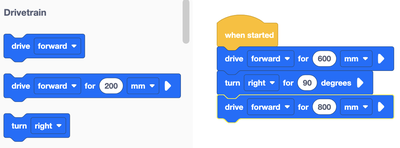
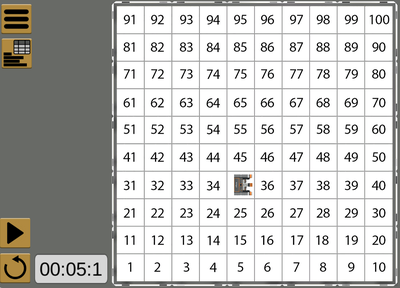
Your specific locations are: 35, 70, 85, 67 and 90. Return to the starting position (1) when your robot has visited each housing location.
- Use these commands to help complete your challenge.
- Blocks – Use Drivetrain blocks to code your robot to complete the challenge.
- [Drive for] – drives the robot forward or in reverse for a specified distance
- [Turn for] – turns the robot right or left for a specified distance
- Tips:
- Remember, each box on the grid measures 200mm by 200mm.
- Hit Stop Driving after driving the robot to a new coordinate.
- Hit reset icon under the play button when testing out a new coordinate.
- Here’s an answer sheet with screenshots.
Note: For additional assistance, go to VEXcode VR – VEX Library.
Extension activities
PBS NewsHour Classroom: Screenshot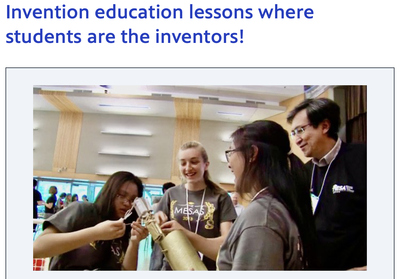
- Participants can research existing policies related to broadband access and digital equity in tribal communities. Based on their findings, they can draft a letter to policymakers asking them to improve connectivity and bridge the digital divide effectively.
- Participants can brainstorm other ways that traveling robots can help communities like the Tohono O’odham Nation with community equity issues.
- More invention lessons can be found here.
Standards
English Language Arts:
- CCSS.ELA-LITERACY.RI.6.7: Integrate information presented in different media or formats (e.g., visually, quantitatively) as well as in words to develop a coherent understanding of a topic or issue.
- CCSS.ELA-LITERACY.SL.6.5: Include multimedia components (e.g., graphics, images, music, sound) and visual displays in presentations to clarify information.
Mathematics:
- CCSS.MATH.CONTENT.6.G.A.1: Find the area of right triangles, other triangles, special quadrilaterals, and polygons by composing into rectangles or decomposing into triangles and other shapes; apply these techniques in the context of solving real-world and mathematical problems.design cycle, to construct and/or implement a solution that meets specific design criteria and constraints.
C3 (College, Career, and Civic Life) Social Studies:
- D4.8.6-8. D4.8.9-12.: Apply a range of deliberative and democratic procedures to make decisions and take action in their classrooms and schools, and in out-of-school civic contexts.
About the author
Lori Colangelo has over 25 years of experience as an educator and currently serves as an instructor at the Hopewell Area School District in Aliquippa, Penn. Passionate about education, Lori frequently presents at international conferences, mentors new STEM teachers, and develops curriculum for several prominent educational technology companies. In her free time, she loves traveling with her husband and spending time with her family.

